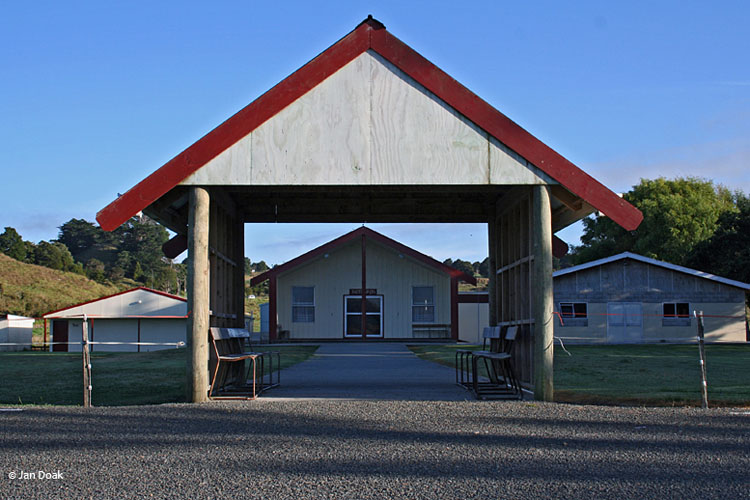Mātauranga Māori
Te Ripo o Te Awa, kei runga o Kaipara, e tohu aroha mo nga tupuna
The longterm objective to protect and restore the mauri of the Kaipara addresses Ngāti Whātua ki Kaipara sacred relationship with the Kaipara Harbour. The Kaipara is a symbol of the existence of Ngāti Whātua. The Kaipara is deeply embedded in tribal and individual consciousness. This objective brings their worldview and management philosophy to the Kaipara Harbour, catchment and ecosystems.

Issue:
Ngā rangatira state that the mauri of the Kaipara Harbour is unhealthy and disconnected. This is causing a tremendous loss of mana to the hapū. From an Mātauranga Māori perspective, natural resources are imbued with mauri, an intangible and intrinsic value. Ensuring the mauri of natural resources are maintained is an integral part in defining Kaitiaki of natural resources. Māori believed that small shifts in the mauri or life force of any part of the environment, for example through use or misuse, would cause shifts in the mauri of immediately related parts, which could eventually affect the whole system. Māori ontology acknowledges the inherent or intrinsic values within an ecological system: encapsulated in the concept of mauri.
Māori have been observing and interacting with their environment for centuries (Chetham 1998; Murton unpublished). The traditional Māori worldview acknowledged a natural order to the universe, built around the living and non-living, and the central belief was that all parts of the environment were interrelated or interdependent through the domains of Atua or departmental gods (Mardsen 1975). All activities and relationships with the environment were governed by mythology, religion, and Māori values (Marsden 1975).
There is a need to understand and articulate Māori values of ecosystems within environmental management frameworks. Current State of Environment reporting does not report on the status of cultural health. This is primarily due to the Māori worldview being difficult for resource managers and scientists to accommodate within existing management regimes; lack of resources; lack of support to practice kaitiakitanga of ecosystems; and capacity for hapū/whānau/marae to undertake this quantitative approach to assessing environmental health.
Strategy:
To resolve these issues, restoring the mauri will require decision-making, planning and policy to be informed by Mātauranga Māori; be undertaken in collaborative partnership approach and hapū have the capacity to participant and practice kaitiakitanga. Mechanisms to achieve this are through understanding the cultural values of Kaipara land-seascapes, hapu management plans, customary title and building capacity.
Goals:
- Enable Ngāti Whātua ki Kaipara to be the primary driver for protecting and restoring the mauri of the Kaipara.
- Develop iwi/hapū management plan(s) and ensure uptake of the plan(s) by relevant agencies

